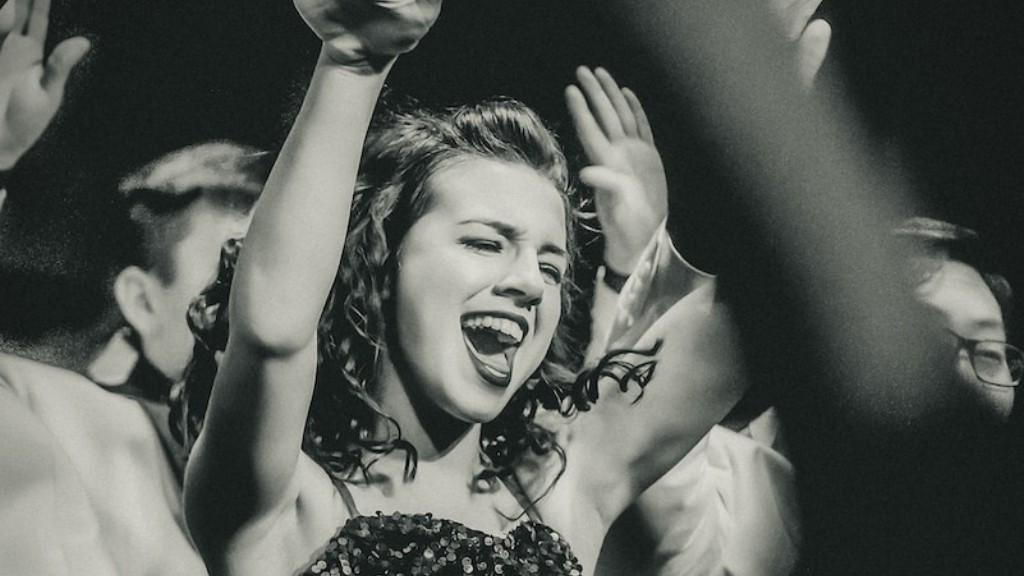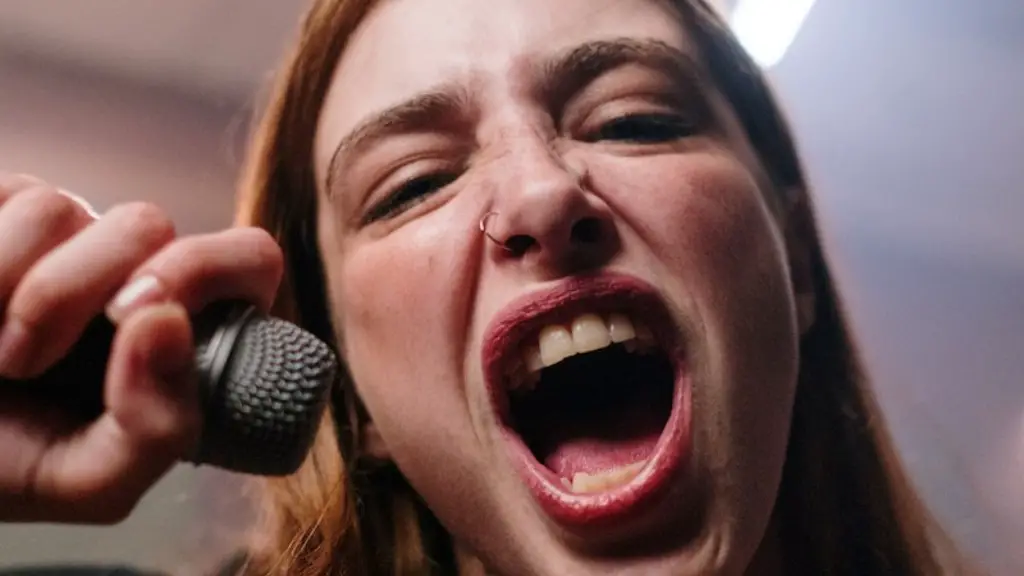For those longing to learn how to draw werewolves, here’s the lowdown: werewolves are one of the most intriguing—and daunting—monsters to attempt to illustrate. But with a little bit of patience, dedication and practice, even the most novice of artists can hone their werewolf craft and be churning out fantastic works of art in no time!
Before beginning, it’s important to have an idea of the look and style you’d like your werewolf to take on. Will the transformation be elegant and concentrated? Or will it be bulky and chaotic? This can help developing a concept for your werewolf’s anatomy and design. Even if you don’t know exactly what you want, it’s important to draft some ideas or sketches to help flesh out your ideas.
Once equipped with a concept and a general idea of the direction to go in, it’s essential to begin sketching the outline of the werewolf. This usually starts with the overall body shape, building up the arms and legs before tackling the daunting task of the musculature and facial features. Starting with a pencil is often the best option, as it’s easier to erase mistakes. Eventually, a nice, even outline should be present.
At this stage, your werewolf should start to come to life. Begin fleshing out the body by gradually adding muscle mass, texture and fur. Blend these textures and subtle shading to give the werewolf more dimension and realism. It’s important to take your time here in order to get the most out of your artwork. If you feel like you’ve gone too far, use an eraser to fix the area or even just tone down the shading.
Making the facial features is one of the most difficult parts of the process. It requires a steady hand and a good eye for detail in order to ensure that your werewolf looks the way you want it to. Make sure to add enough depth and texture so that your werewolf looks menacing and intimidating. Then, sketch out the claws and fur in great detail, using your eraser to correct any lines you need to adjust.
The eyes are one of the most important aspects of a successful werewolf illustration. They truly capture the character and make all the difference in bringing your piece of masterpiece to life. As you push shadows into the eyes, be sure to keep the darkness consistent across both eyes in order to maintain balance. Your werewolf should already be looking quite realistic at this point so the eyes are the final touches to make the werewolf complete.
Once your masterpiece has been completed, you can then enhance the overall look with some creative colouring. Use shading and depth to bring the werewolf to an even more realistic and eerie level. Feel free to experiment with various hues or a blend of colours such as blacks, greys, and whites that can really make the werewolf stand out. And last but not least, you’ll want to use some detail in the background to complete the picture.
Finally, practice your craft regularly and don’t be afraid to experiment. By doing this, you’ll soon be creating werewolves with aplomb. And, you’ll be able to proudly announce that you know how to draw werewolves with no difficulty at all.
When it comes to honing your werewolf technique, there are a few fundamentals to understand and master. Start by mastering the body shape and structure, and then focus on the details such as facial features and musculature. Keeping your outlines neat and consistent is important when it comes to creating a realistic werewolf. Remember to take your time, as it will pay off when you’re done. And last but not least, experiment with colour and depth to really give your werewolf that perfect realistic look.
Werewolf claws are a defining feature of the creature, so it’s worth spending extra time refining the claws and fur. Begin by sketching out the overall shapes before filling in the details. This can be a combination of curved lines and jagged edges, combined with strategic use of shades and hues to make the claws look more menacing. The goal is to create realism while also suggesting an inhuman quality to the claws.
Once the claws and fur have been given their due attention, colouring can also be another effective way to take your werewolf to the next level. Varying shades of silver and grey can be used to bring out the unique shading of the fur, and lighter tan colours can be used for the claws. One technique for creating a more realistic effect is by using subtle brushstrokes that gradually build on each other. This gives the fur a greater depth and makes it look more lifelike.
Finally, once you’ve perfected your technique and created your perfect werewolf, it just takes a few minutes of tweaking to finalize the piece. Layering can be a great way to add texture and depth, giving the werewolf a more three-dimensional look. Special touches like adding a little more muscle definition or a larger snout can also be effective in achieving the desired look. With some practice, patience and a little creativity, anyone can learn how to draw werewolves and create some truly incredible works of art!

